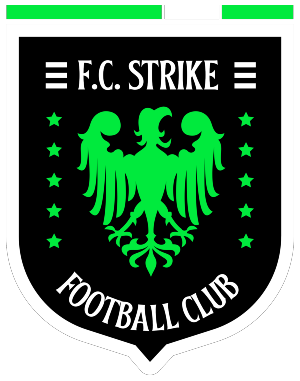Penalty kicks in soccer are the ultimate duel between a shooter and a goalkeeper. The high stakes and pressure on both parties make for some of the most thrilling moments in the game. As a coach, I’ve worked with many goalkeepers on honing the perfect strategy for blocking penalty kicks. Let’s break down the strategies and discuss how you can increase your chances of successfully blocking a penalty kick.
Mind Over Matter
The first step in preparing for a penalty kick starts in the mind. Building your confidence and maintaining focus can be intimidating for the penalty taker. Never underestimate the power of psychological preparation. You can use tactics such as eye contact and confident body language to apply pressure on the shooter.
The Art of Anticipation
Your ability to read the shooter’s body language, positioning, and approach is critical. Pay attention to subtle cues that might give away the shooter’s intended direction. A keen sense of anticipation can be a goalkeeper’s best friend during a penalty kick.
React With Lightning Speed
Penalty kicks are all about speed. You must be ready to spring into action at a moment’s notice. Keep on the balls of your feet, primed to explode in the direction of the shot.
Study The Patterns
Players often have patterns when they take penalty kicks. Some might favor the corners, while others might aim for the center. Studying their patterns can help you predict their shot placement and increase your chances of making a save.
Perfect Your Diving Technique
An effective dive can make all the difference when blocking a penalty kick. Make sure to take a decisive step in your chosen direction, drive off your supporting leg, and fully extend your arms to cover as much ground as possible.
Play Mind Games
As the goalkeeper, you can use mind games to disrupt the shooter’s focus and timing. Slight delays or small movements on the goal line can cause the shooter to second guess their strategy.
Master Goal Line Positioning
Your position on the goal line can be crucial in blocking a penalty kick. Depending on the shooter’s tendencies, you may choose to position yourself in the center or favor one side of the goal.
The Power of Research and Analysis
In-depth knowledge about your opponents can give you an edge. By studying their penalty-taking habits, you can prepare yourself better and increase your chances of making a save.
Trust Your Instincts
While it’s essential to prepare and strategize, remember that instinct and adaptability are just as important. Trust your gut and be ready to adjust your position or diving direction as needed.
Anatomy of a Penalty Kick: The Plant Foot
An often overlooked but crucial part of blocking a penalty kick is reading the shooter’s plant foot. This is the foot that is placed on the ground, while the other foot strikes the ball. The direction of the plant foot can often provide clues about where the shot is aimed.
Start by observing the position and alignment of the shooter’s plant foot as they approach the ball. If the foot is angled to the left, the shot is likely going to the left side of the net, and vice versa.
In addition to the plant foot, consider the shooter’s overall body alignment. If their hips and shoulders are aligned towards a specific side, it further supports the likelihood of a shot in that direction.
Use this information to react swiftly and adjust your position accordingly. But remember to stay adaptable and trust your instincts. The direction of the plant foot is just one clue, and you’ll need to factor in other cues as well.
Practicing this skill will improve your reaction time and enhance your chances of blocking the penalty kick successfully. Remember that the key to becoming a formidable goalkeeper lies in combining skills, anticipation, adaptability, and mental fortitude. Keep practicing, and you’ll be saving more penalty kicks in no time!
Onwards and upwards, Coach Mick

